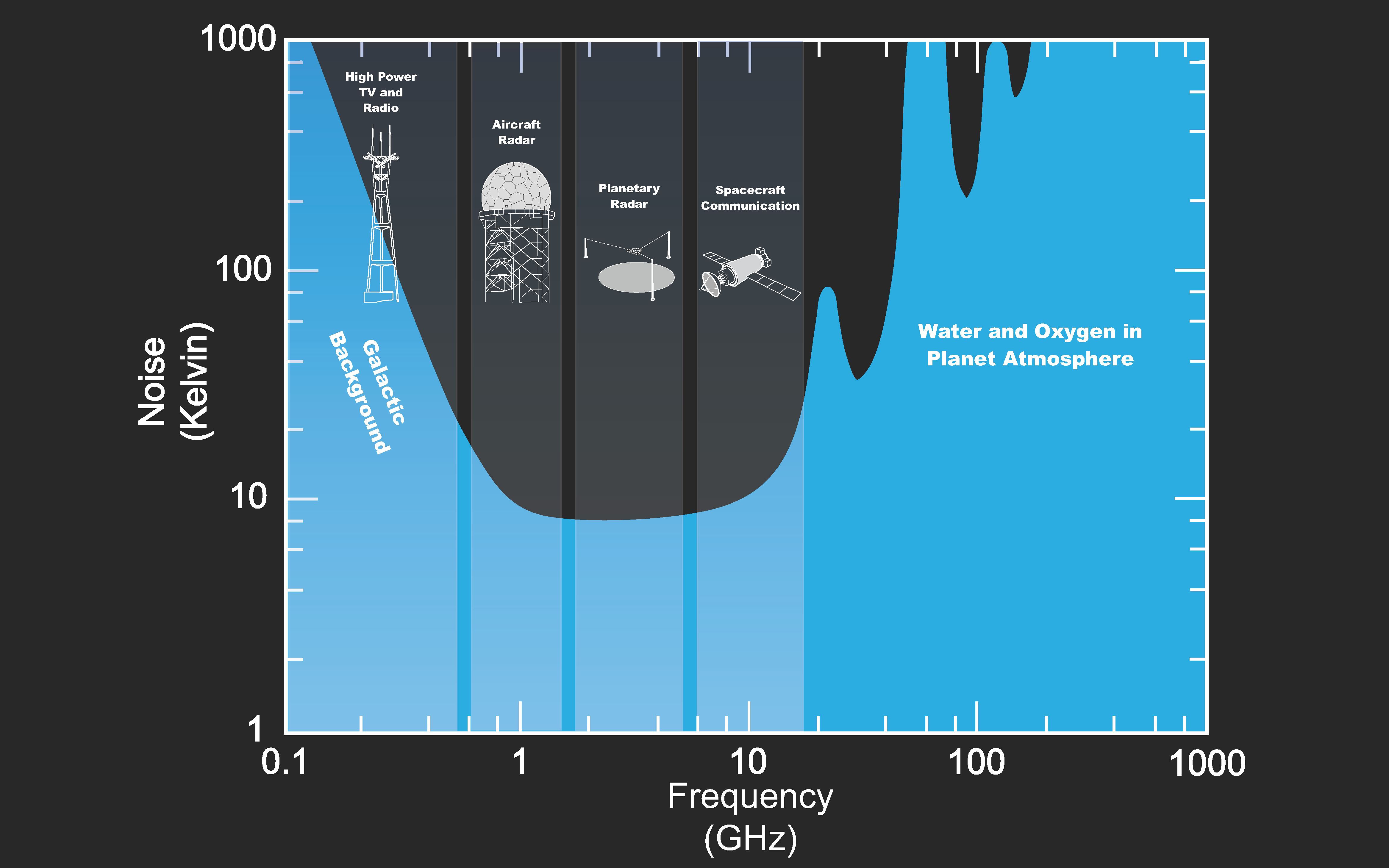
You’re driving through a desert valley, scanning through the radio dial, but you’re picking up nothing. Just static. The annoying hiss of background noise coming through the speakers. No indication that there’s anyone else around for miles. The road reaches the valley’s edge, and starts to wind its way up a ridge of mountains. You reach the summit, begin your descent, and the radio suddenly crackles into life. At last, a sign of civilization.
What’s really going on here? Somewhere within the detection range of your car radio, a transmitter is encoding information in the form of radio waves. In this case, the encoding scheme is quite simple, and your radio can easily decode the signal to produce the original sound wave. But even in cases where we don’t know what information a signal contains, there are often still indicators as to whether it is artificial.


